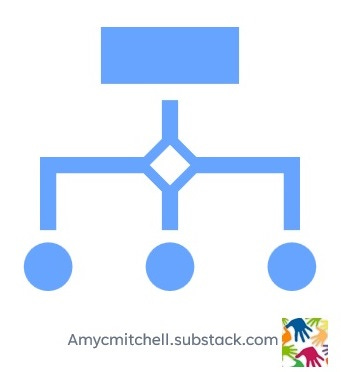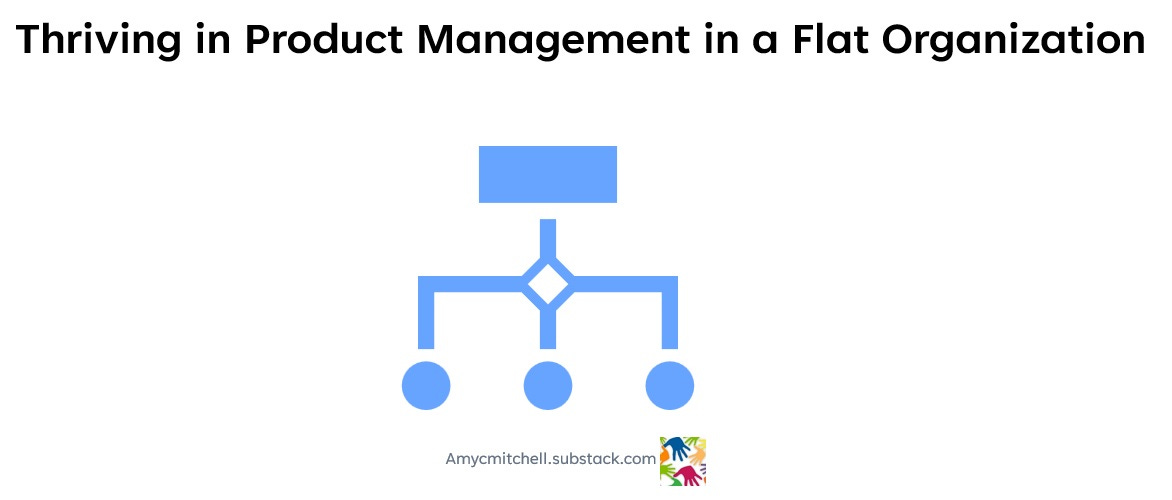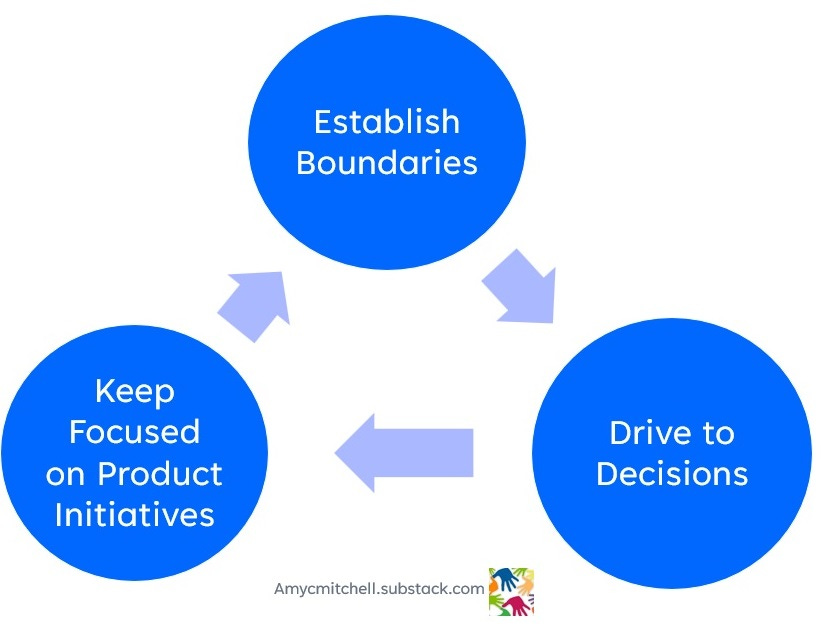Do you review your product with your senior leaders? When you have a key product decision, do you feel empowered to decide? Do you collaborate with a lot of cross-functional teams on your product initiatives? If your answer is "yes", then you are likely in a flat organization.
Many organizations are considered "flat" as opposed to "hierarchical". And many product management teams are "flat". Here is a comparison of these types of organizations.
Product managers in flat organizations have a lot of autonomy, have bigger responsibilities, do more cross-functional collaboration, and feel empowered to lead their product decisions. While it is great to have a big impact on your product, product managers have unique challenges in a flat organization.
Some of the issues that product managers face in a flat organization are:
Unclear scope and expectations of the role of the product manager
Internal resource constraints from conflicting priorities
Communication overload from managing multiple stakeholders
Being a generalist while delivering product commitments
How do you succeed in a flat organization without burning out? Let's dig into some strategies to work through these issues!
Strategies to Excel in a Flat Organization
Product management in a flat organization is both rewarding and challenging. You are highly empowered to lead the product and yet you need to deal with the complexities of a flat organization. There are 3 major strategies to navigate these challenges:
Set and defend clear boundaries for yourself and your team
Drive and document key decisions
Stay focused on product strategy
Incorporating these tactics into your daily product work enables you to stay in control of your time and your product.
Set Up Boundaries and Use Them
There's an old saying about "good fences make good neighbors". As you step into leading your product, you can start establishing boundaries as you go:
Clear roles and responsibilities
Resource plans that support your product direction
Communication channels inside and outside the product team
It is never too late to establish these key boundaries. Your role is to lead the product team to have a common understanding of roles/responsibilities, keep communication channels open and drive resourcing that has stakeholder buy-in.
The method to achieve defensible boundaries is collaboration and documentation. As you work on each product initiative, maintain a summary document that can be shared with anyone in your organization. Here are a few examples of multi-purpose documents for typical product activities:
Go-to-market strategy for your upcoming launch:
Outcome requested after launch or high-level requirements
Key outbound messages
Targeted customers
Sales forecast
Desirable timeline
Other notes
Feature overview for the product team and stakeholders:
Problem statement from the customer's perspective
Potential solutions coming from collaboration
Requirements overview
Potential resource needs
Q&A from collaboration
Product escalation that has a business impact:
Problem statement with clear impacts to the product
Facts and analysis by exploring available options
Next steps and recommendation
In each of these multi-purpose documents, you are re-enforcing boundaries and providing an opportunity for your cross-functional team to agree or not with the boundaries you see. By doing the multi-purpose document out in the open, you are empowering multiple teams to step up to their responsibilities as part of the collaboration.
Additionally, you have ready-made documents for requirements, stakeholder buy-in, and justification of resources. These documents come in handy for prioritizing your time as well as the product team's time.
Drive and Document Decisions
Product managers use many ways to document decisions:
Product requirements in Confluence or Jira
Business case assumptions
Ordering guides
Product team meeting minutes
Stakeholder readouts
Program change requests
Feature prioritization decisions
Many times these documented decisions seem like stating obvious facts. However, in a distributed team, these materials make collaboration much easier. Often these documents can reduce your meetings.
More tips on driving to decisions are here.
Keep Focused on Product Initiatives
With a flat organization, a product manager can fill in several different roles.
Using your generalist knowledge and broader organizational view, you gladly help cover the gaps between organizations. Each time you bridge between teams, you slow down important product initiatives.
Most product initiatives need research, thinking time, and teamwork to solve. If you distract yourself by closing delivery and operational gaps, then your product work is slowed. Your general skills are more effective at building rapport with diverse teams. Your empathy and understanding of each team's challenges can influence teams a lot.
You are the only one who can drive those product initiatives! Be sure to stay focused on your responsibilities.
Conclusion - Keys to Success for Product Managers in Flat Organization
Product managers in flat organizations get pulled in many different directions. Some days the product manager role feels huge and other days the role feels unneeded. Many times you are compelled to help fill gaps between different teams. You need to collaborate daily and stay abreast of the work underway on many teams.
There is no single system for product managers to operate in flat organizations. There are 3 strategies to stay on top of the moving parts of a flat organization:
Know your boundaries and communicate about them
Drive decisions and document them
Focus on closing your product initiatives
Product management in flat organizations needs many relationships and communication channels. Using these strategies helps you apply your limited time efficiently.
Interesting Links
How applied research can help your product organization Research methodology for product leaders that explores 4 key areas: user research, team dynamics, the product, and organizational dynamics. @Dave Hora discusses a way to handle your product research efficiently with meaningful results.
Cross-disciplinary learning for fresh product ideas Article by @Petra Wille explaining cross-disciplinary learning and the benefits to product managers.
With 3 referrals to this newsletter, you get a one-month upgrade of Product Management IRL!






These strategies are great! I’ve been doing some of them and noticed the change almost immediately.
This whole post is a great guide that comes very handy to me right now. Thanks, Amy!
Another great piece!
Do you believe that flat teams (generally) need a higher degree of empowerment? That would require all documents and boundaries to be updated more often than in hierarchical teams.